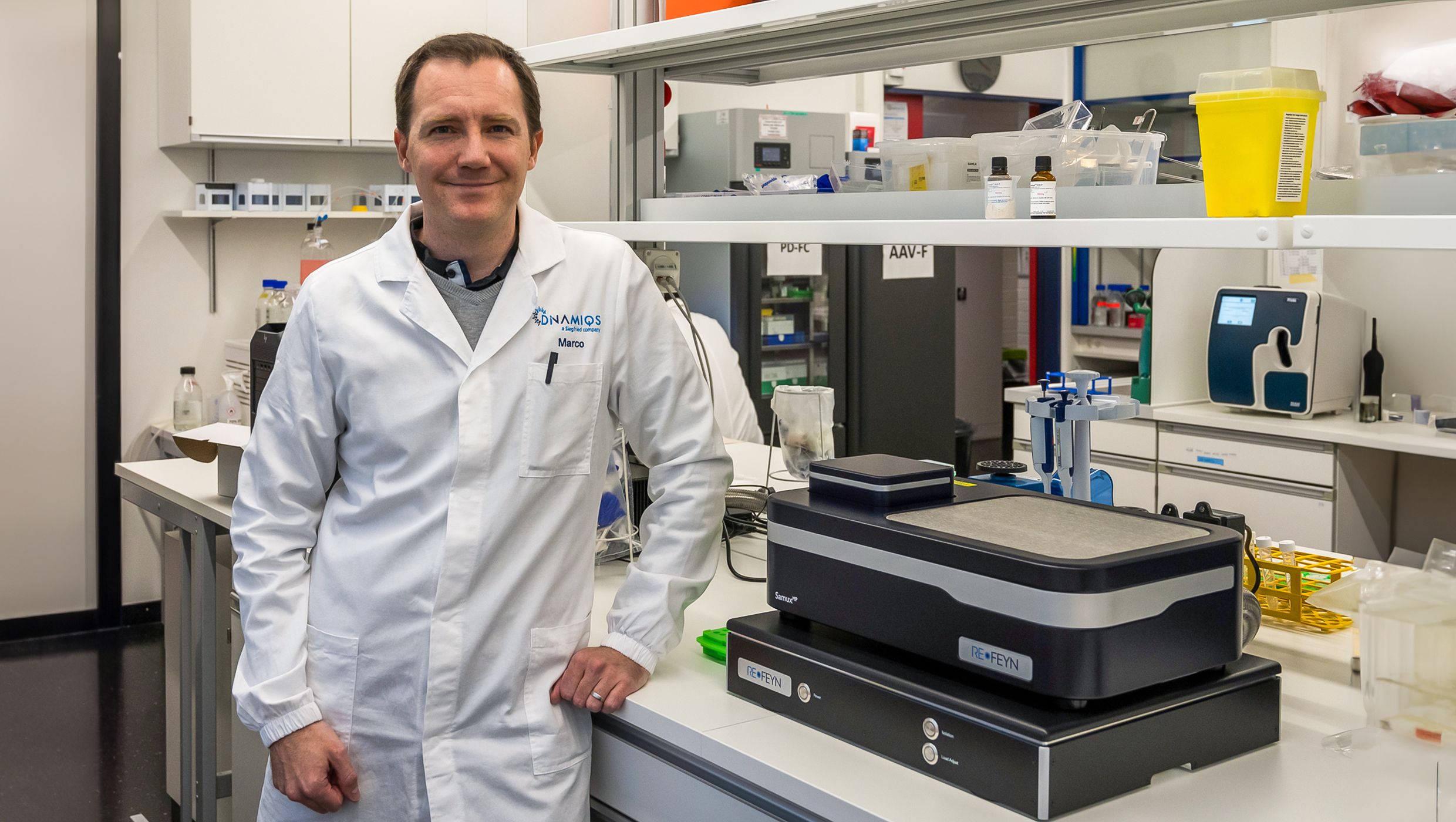Reexamining process optimization: Advanced analytics for AAV manufacturing
Navigating the complexities of recombinant Adeno-Associated Virus (rAAV) vector manufacturing can be daunting for small and mid-sized biotech companies venturing into the exciting world of gene therapy. Ensuring consistent quality and optimizing production processes are paramount for success. Advanced analytics are transformative in achieving these goals, particularly for companies considering outsourcing or collaborating with a viral vector Contract Development and Manufacturing Organization (CDMO).
The cornerstone of quality and optimization: Comprehensive characterization
A cornerstone of rAAV vector manufacturing is comprehensive analytical characterization. This not only guarantees quality control of the final product but also provides invaluable insights throughout the process. By meticulously analyzing product intermediates, manufacturers gain a deep understanding of each step, enabling data-driven optimization for improved yield, purity, and overall efficiency.
Unlocking optimization: Data drives improvement
Optimizing any manufacturing process hinges on readily available, relevant data. For rAAV production, this translates to having analytical data readily available for specific product attributes, such as the percentage of full capsids, vector particle titers, or host-cell DNA and Host Cell Protein (HCP) impurities. Traditional methods often face limitations, particularly dealing with small sample volumes and the need for rapid results to avoid bottlenecking development.
The rise of novel analytical technologies
Fortunately, recent advancements in analytical technologies are revolutionizing the field. These novel tools address the challenges faced by traditional methods, enabling faster, more accurate characterization of both final products and in-process samples. This paves the way for a close and agile collaboration between analytical and process development teams, accelerating optimization and process refinement.
Empowering analytics: A look at key technologies
- Digital PCR (dPCR): This technology offers a standard-curve independent, direct, and highly precise quantification of vector genomes. Its low inter-assay variability ensures reliable comparisons across different stages of the manufacturing process.
- Static/Dynamic Light Scattering (SLS/DLS) combined with UV-VIS Absorption: This rapid technique provides valuable insights into a process unit operation by providing particle size distribution (aggregation) data and at the same time concentrations by determining physical capsid titers.
- Mass Photometry: This powerful alternative to traditional methods like AUC (Analytical Ultracentrifugation) offers high-precision, rapid determination of the percentage of full AAV capsids. It achieves this by analyzing the mass distribution of individual biomolecules within a sample, allowing for the differentiation of full, empty, and even partially filled viral vector particles. Furthermore, it requires minimal sample volume and measurement time, facilitating rapid at-line process monitoring.
- Long-Read Nanopore Sequencing: This innovative technique enables direct, PCR-free, strand-specific sequencing of viral vector and impurity DNA. This unbiased approach aids in identifying host-cell or manufacturing plasmid DNA impurities, providing crucial insights for improving viral vector packaging efficiency.
The benefits of collaboration: Partnering for success
Small and mid-sized biotech companies can access these advanced technologies and expertise by partnering with a viral vector CDMO like DINAMIQS, which is equipped with cutting-edge analytical capabilities. This empowers them to leverage the power of data for streamlined rAAV manufacturing, ultimately leading to high-quality vectors and a faster path to successful gene therapy development.

